Dickies
Showing 49–60 of 71 resultsSorted by latest
-
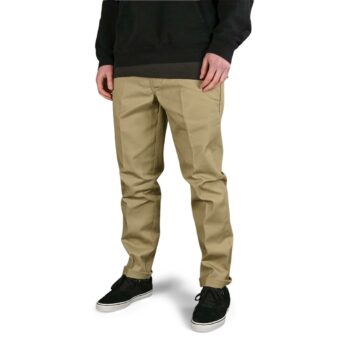
Dickies 872 Rec Slim Fit Work Pant – Khaki
£49.99 View Product This product has multiple variants. The options may be chosen on the product page -
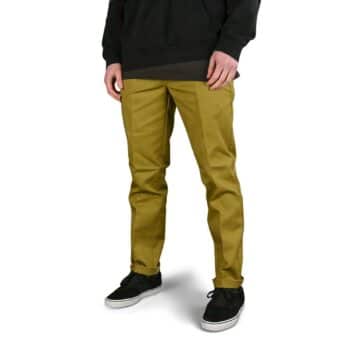
Dickies 872 Rec Slim Fit Work Pant – Green Moss
£59.99Original price was: £59.99.£43.99Current price is: £43.99. View Product This product has multiple variants. The options may be chosen on the product page -
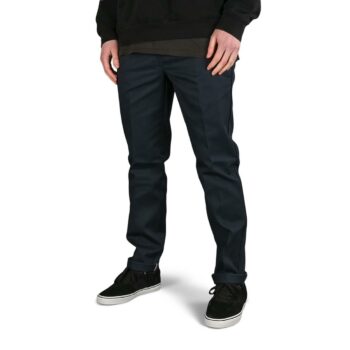
Dickies 872 Rec Slim Fit Work Pant – Dark Navy
£64.99Original price was: £64.99.£44.99Current price is: £44.99. View Product This product has multiple variants. The options may be chosen on the product page -

Dickies 873 Slim Straight Work Pant – True Blue
£54.99Original price was: £54.99.£34.99Current price is: £34.99. View Product This product has multiple variants. The options may be chosen on the product page -
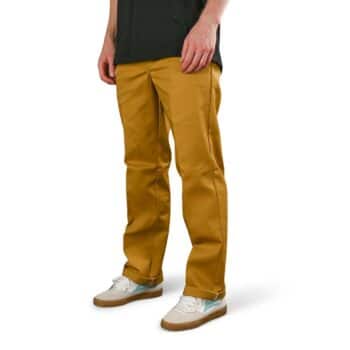
Dickies 873 Slim Straight Work Pant – Bronze Mist
£54.99Original price was: £54.99.£39.99Current price is: £39.99. View Product This product has multiple variants. The options may be chosen on the product page -
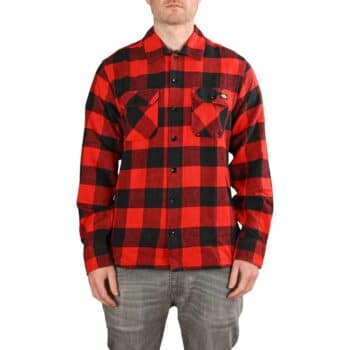
Dickies New Sacramento L/S Shirt – Red
£59.99Original price was: £59.99.£44.99Current price is: £44.99. View Product This product has multiple variants. The options may be chosen on the product page -

Dickies New Sacramento L/S Shirt – Grey Melange
£59.99Original price was: £59.99.£47.99Current price is: £47.99. View Product This product has multiple variants. The options may be chosen on the product page -
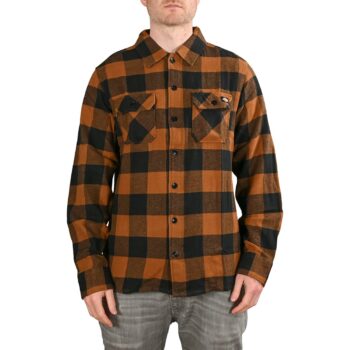
Dickies New Sacramento L/S Shirt – Brown Duck
£59.99Original price was: £59.99.£47.99Current price is: £47.99. View Product This product has multiple variants. The options may be chosen on the product page -
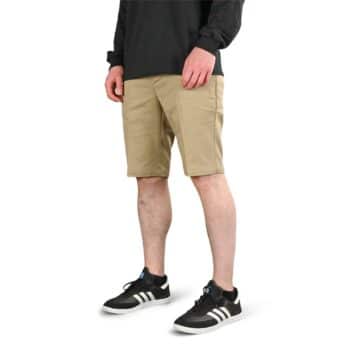
Dickies Slim Fit Work Short – Khaki
£44.99Original price was: £44.99.£39.99Current price is: £39.99. View Product This product has multiple variants. The options may be chosen on the product page -
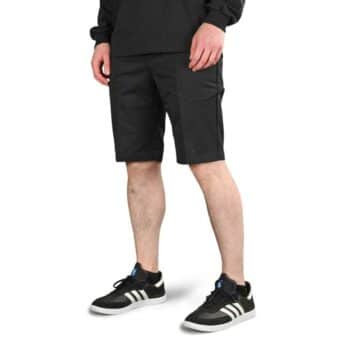
Dickies Slim Fit Work Short – Black
£44.99Original price was: £44.99.£39.99Current price is: £39.99. View Product This product has multiple variants. The options may be chosen on the product page -
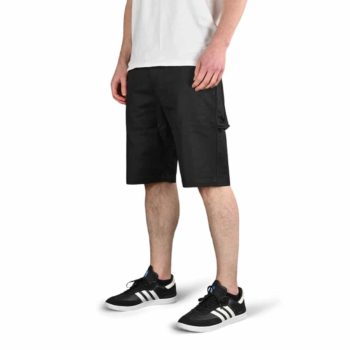
Dickies Fairdale Carpenter Short – Black
£59.99Original price was: £59.99.£49.99Current price is: £49.99. View Product This product has multiple variants. The options may be chosen on the product page -
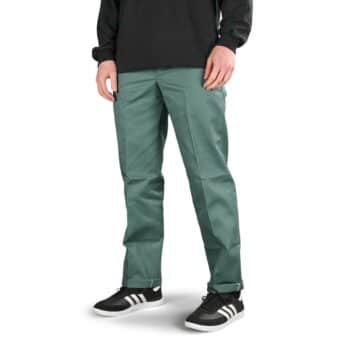
Dickies 873 Slim Straight Work Pant – Lincoln Green
£54.99Original price was: £54.99.£39.99Current price is: £39.99. View Product This product has multiple variants. The options may be chosen on the product page